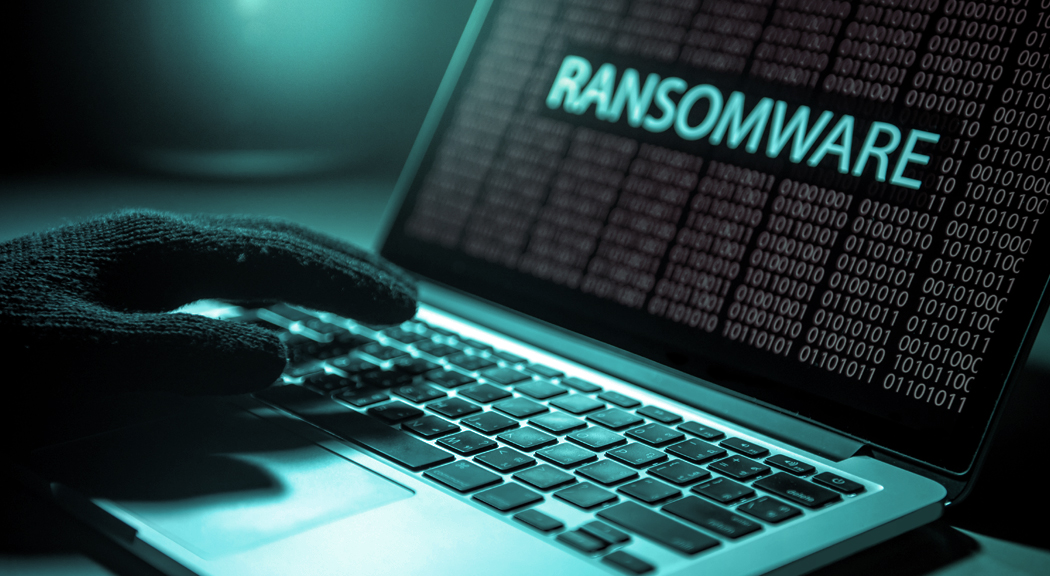I support my child in the development and maintenance of his positive online reputation.
Mitigating the Impact of Ransomware and Malware Attacks

In recent years, hacking has evolved greatly, and it became too risky to go online if you do not protect yourself with effective anti-hacking software. While people talk too much about hacking, spyware, and other malicious software, unfortunately, they do not have a clear idea of what these terms mean. This is why in this article, we will explain what is a malware and explore one of its most dangerous types, i.e. ransomware.
Malware
Malware is software designed to cause damage to devices or to gain access to sensitive information or access the device’s system against the user’s will.
There are many types of malware, but the most dangerous one ever is ransomware.
Ransomware
Ransomware is one of the most dangerous software that has been developed in the last years and it remarkably increased in a short time. The statistics showed an increase of ransomware attacks by 350% in 2018, and this number has increased in 2021 where there is a new victim every 14 seconds only!
Ransomware is malicious software that tracks and encrypts files on the victim’s device, which makes it impossible for the victim to access the files without a code from the attacker to unlock them. This is when the victim is asked by the hacker to pay a ransom in order to receive a decryption code.
What should I do in case of a ransomware attack?
If you fall victim to a ransomware attack, you will not be able to access any of the files on your device without a code from the hacker. So, do you have to pay the ransom? Of course, not!
Paying a ransom would have disastrous consequences on you and on other users. First, by paying it, you are providing funds for hackers to become stronger and encouraging them to make more attacks and target more victims. Second, paying the ransom does not guarantee that you will get your files back as the hacker may not send you the decryption code, and you will suffer another loss!
Experts say that the devices of the victims, who have paid the ransom, are identified as the most responsive, and thus hackers would target them again in the future in the hope that they will extort money once again.
So here is what you need to do to avoid paying the ransom:
- Don’t Panic: The risk of losing data on your device is not an easy thing, so make sure that you do not panic at that point, or else you are going to make the situation worse, and might affect other devices to which your system is connected to. Therefore, you will find yourself in a desperate situation, having no other choice but to pay the ransom for example.
- Disconnect the Internet Immediately and Close any Programs in Use: It takes time for the ransomware to encrypt the files. So, if you suspect that your device is running slow and that lots of files are in use, or even that your files were partially lost, disconnect the internet and close the programs. You might find that some of your files may not have been encrypted, in this case, it is good to scan the device using an effective antivirus software, then take the intact files out and store them on an external hard disk. By doing so, you will save some of your data.
- Install an Antivirus: The next step is to install an antivirus software like Bitdefender and Norton and to perform a full scan for the device to detect and remove the ransomware and any malicious software.
- Use the Backup: If unfortunately, you have fallen victim to a ransomware attack, the best solution for you now is to upload a backup and, of course, you have to run a full scan on the device once again using an effective antivirus after recovering your backup and reinstalling your Windows.
How to Protect Myself from Ransomware?
Most of the ransomware attacks are carried out using phishing where the ransomware is disseminated through malicious deceptive links. When the user clicks on the link, the ransomware will be downloaded and installed automatically on the device. But fortunately, you can follow these few easy steps to protect yourself against it:
Avoid getting trapped by phishing
Phishing means extensively spreading malicious, booby-trapped links to trick the victim into clicking on them. Beware of them! If you ever find an attractive link address or from a suspicious source on your email, don’t click it!
Safeguard your Personal Information
Providing personal information in surveys of unknown origin or to an anonymous email that is not on your contact list makes it very easy for hackers to achieve their goals because they can collect data and then send the ransomware to the victims.
Back up Your Files Periodically
If you don’t want to lose your data, you’d better back them up every now and then. The shorter the period between regular backups, the fewer data will be missing when recovering the backup.
Finally, avoid clicking on links of unknown origins and allow for automatic updates of your device operating system, as well as for your antivirus, whenever they are available. This way, you will be ready for a ransomware attack, and if you couldn’t avoid it, you’ll definitely beat it!
@2x.png)

















